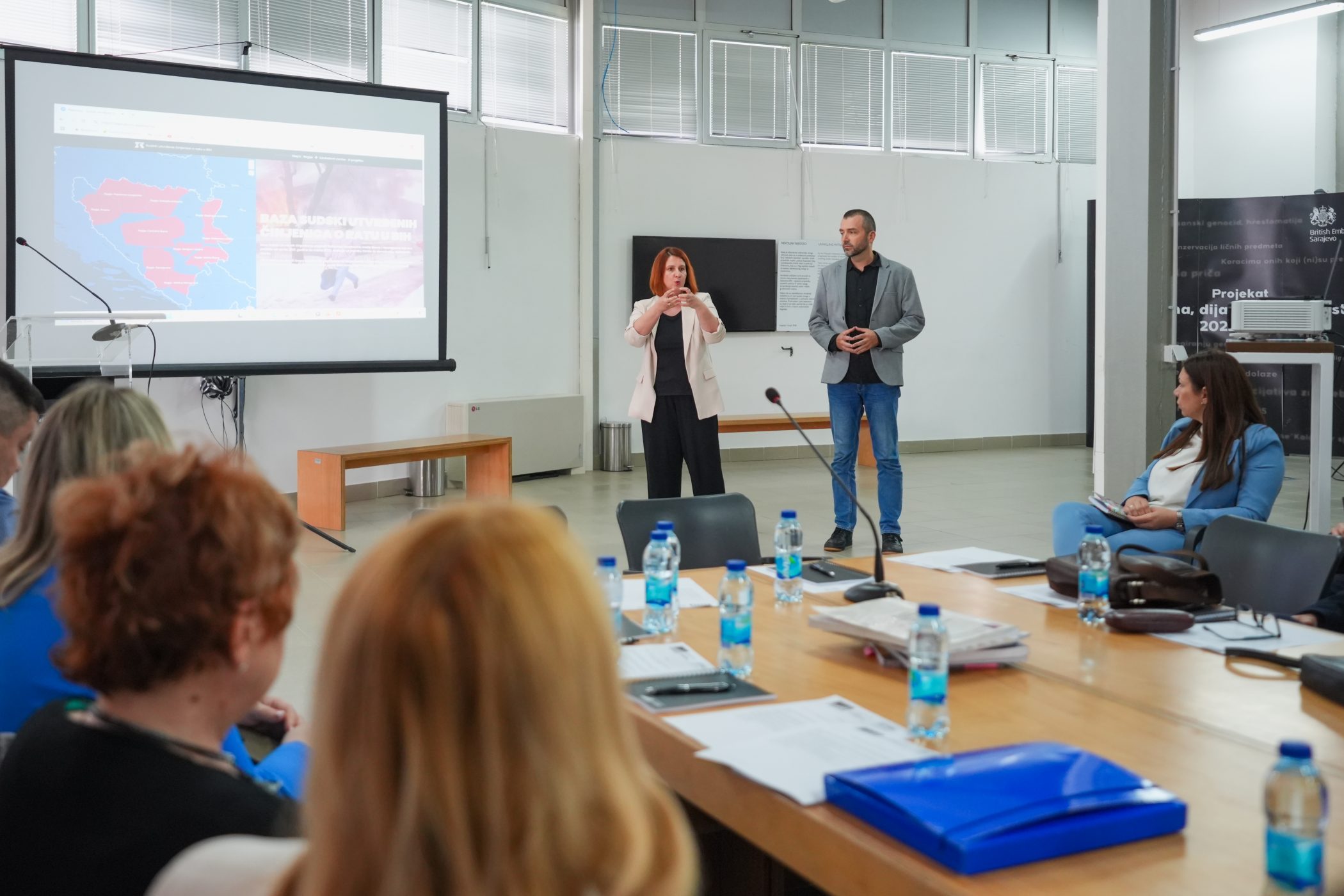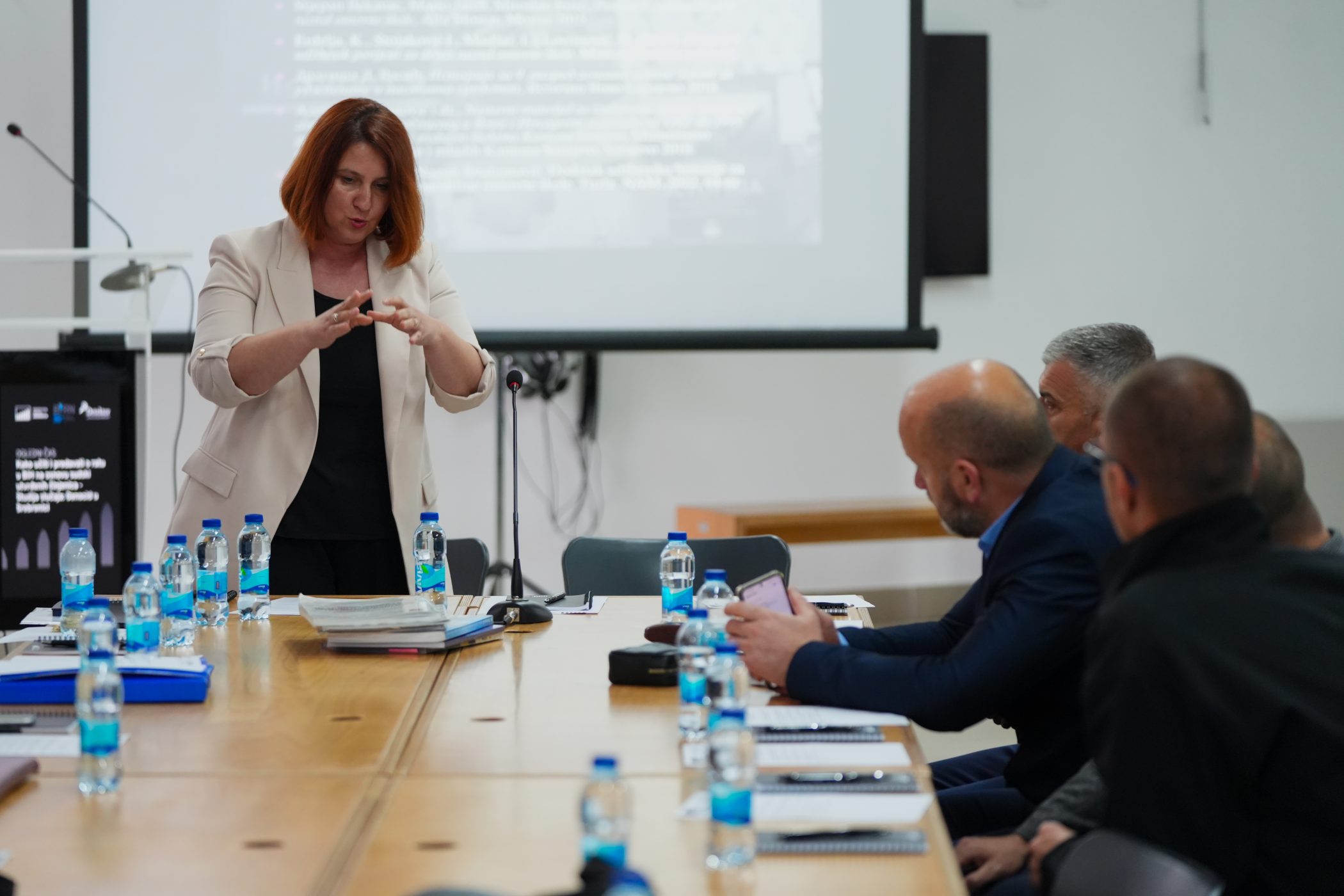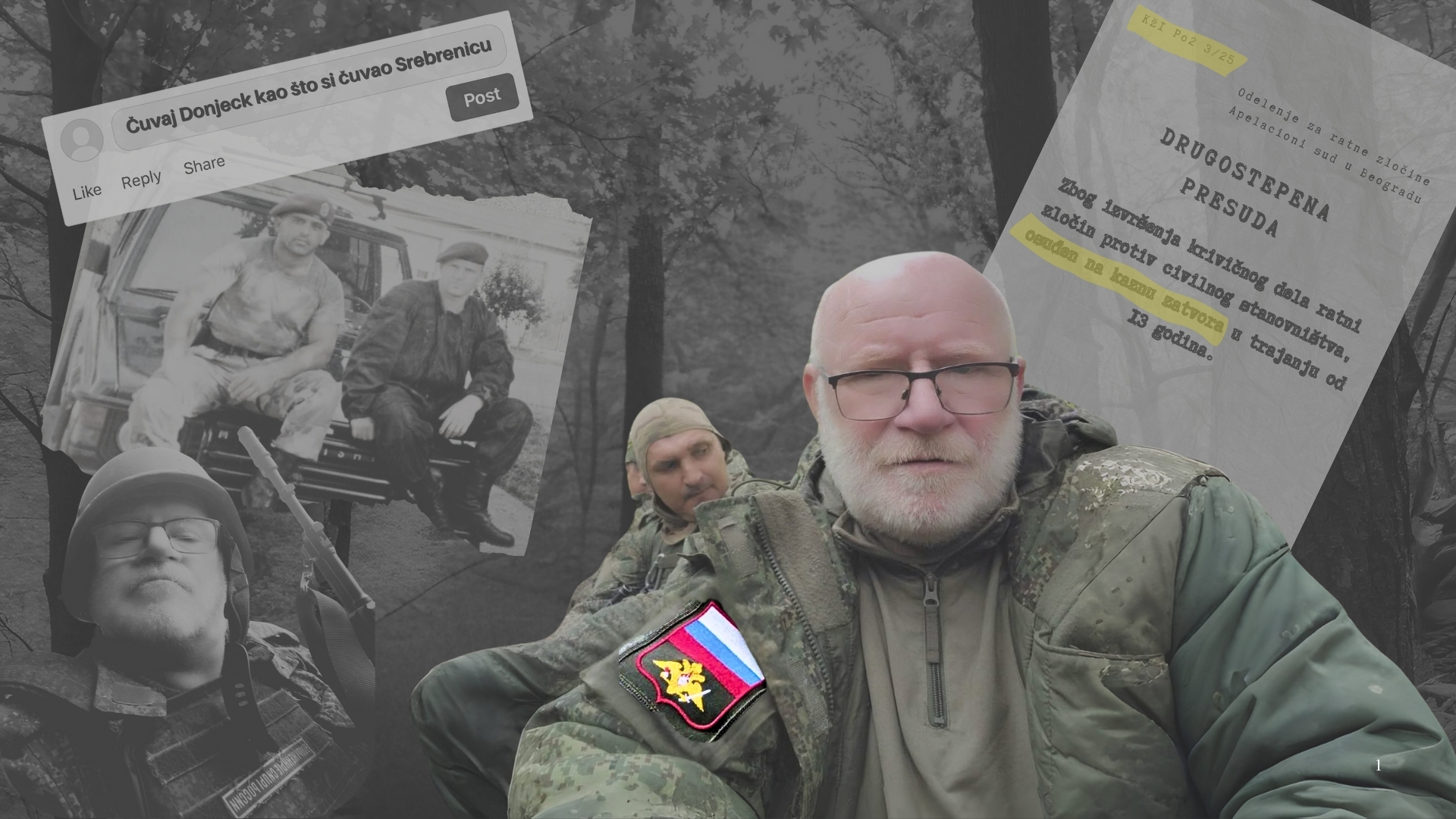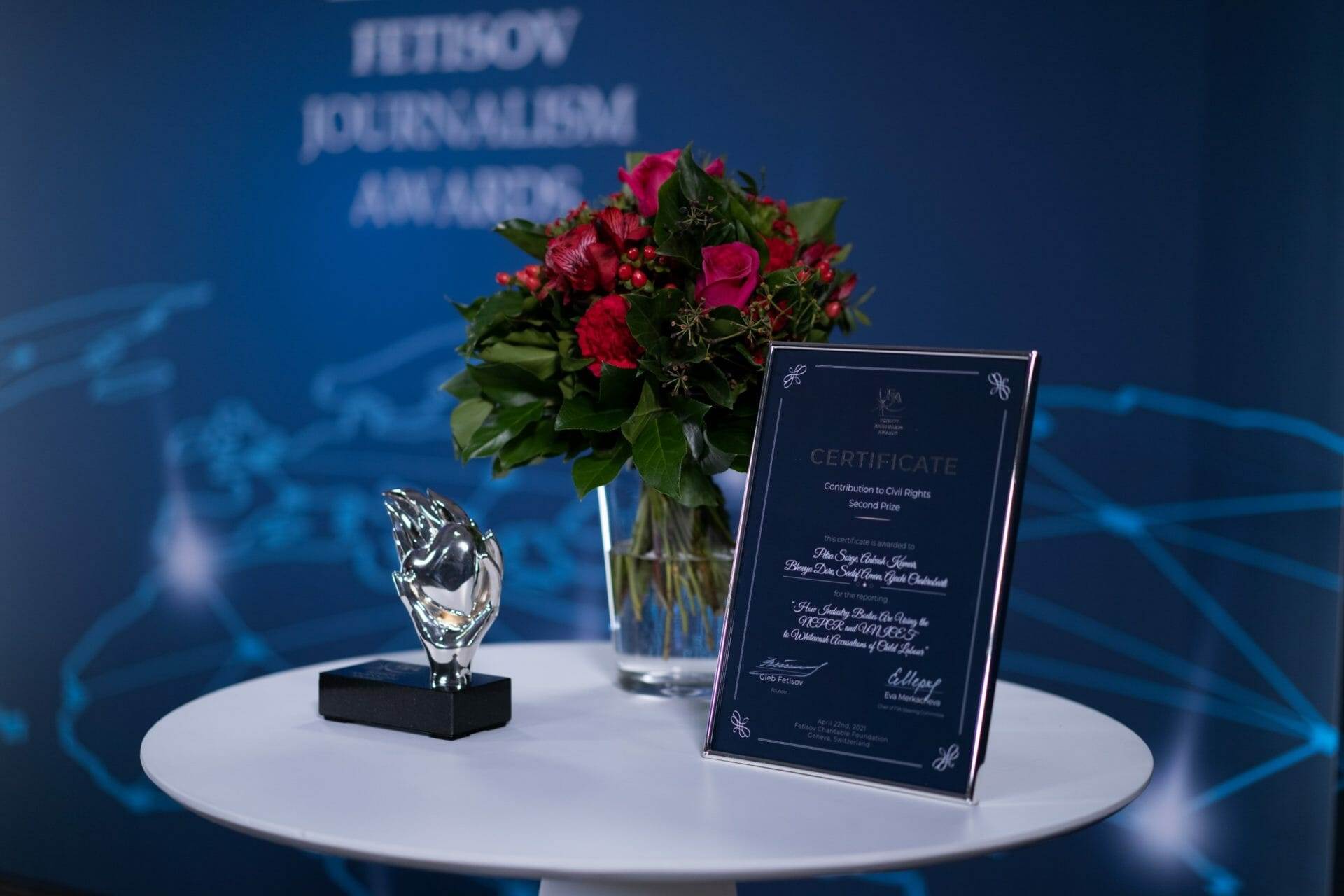This post is also available in: Bosnian
On May 29, the Srebrenica Memorial Centre and Balkan Investigative Reporting Network of Bosnia and Herzegovina, BIRN BiH, organised a sample class in Potocari for teachers, representatives of education ministries and pedagogical institutes and students. The class was dedicated to the case study of the genocide committed in Srebrenica.
Speaking about the history of studying the conflicts in the 1990s in Bosnia and Herzegovina, Professor Melisa Foric Plasto, from the Faculty of Philosophy at the University of Sarajevo, recalled that the first content was introduced in textbooks in 1993 and 1994, and that following the signing of the 1995 Dayton Peace Agreement, the media became active about having content about the war reviewed and parts considered potentially offensive removed.
She added that, in 2000, the Parliamentary Assembly of the Council of Europe advocated the temporary suspension of teaching about the 1992-1995 period until historians in Bosnia had established a common approach to studying this period in schools.
She explained that the Sarajevo Canton was the first to introduce the study of the War in Bosnia into the educational system in 2018. After that, it was introduced in Republika Srpska, and then also in other cantons in the Federation entity.
Analyzing the available textbooks, Foric Plasto said that there was a noticeably different interpretation of the nature of the 1992-1995 war, and a selective presentation of facts, and the qualification of the war itself varied depending on where the topic was studied.
Where students learn Bosnian and Croatian languages, textbooks state that aggression was committed in Bosnia and Herzegovina, she said, while in Republika Srpska, they state it was a civil war.
She added that in cantons with Bosniak majority, the term “genocide” is mentioned in textbooks, while this term is not mentioned in textbooks in Republika Srpska or in cantons with a Croatian majority.
“I would like to recall the role of history, especially in conflict and post-conflict societies, as it can actually help better understanding, tolerance and trust among peoples, and can be a means of supporting peace,” Foric Plasto said, after which she presented what a school class could look like and suggested performing certain activities with students aimed at teaching them about the genocide committed in Srebrenica.
BIRN BiH journalist Haris Rovcanin presented the Database of Judicially Established Facts for the region of Srebrenica, where, as he said, the facts about genocide and other crimes were established in 11 verdicts delivered by the International Criminal Tribunal for the former Yugoslavia, ICTY.
He added that the Database was not intended only for ministries of education, professors and students, but also for everyone who was interested in the topic of the War in Bosnia and the genocide committed in Srebrenica, and that the goal was to create a tool for a joint fight against denial and minimization of crimes and established facts.
“The goal was not to determine who was convicted for which individual act, but to record what trial chambers established in several cases, regardless of whether individual criminal responsibility was determined or not,” Rovcanin said, adding that the verdicts stated a huge number of crimes in the area of Srebrenica and the wider region.

BIRN BiH director Denis Dzidic recalled that this agency was founded principally to monitor all war crime trials, and that it represented a pioneering process of striving to make the knowledge, expertise, and what has been established by court judgements, more accessible to the educational system.
“We visited all education ministries in the past few months hoping that this will be accepted as a platform that would depend mostly on your work, because you are the ones who have the knowledge and can make this alive,” Dzidic told the participants, including representatives of the education ministry, pedagogical institutes and teachers.
Emir Suljagic, Director of the Srebrenica Memorial Centre, said there was nothing that had a permanent effect on reality like knowledge, adding that the goal of the sample class was to come up with a document or framework from which “students in Bihac and Gorazde will learn the same about Srebrenica”.
He said one basic problem was the fact that the dominant part of what we know about Srebrenica has emerged from court proceedings, which do not focus on the broader historical context and establishing the truth, but on witnesses and survivors recounting only what was relevant for the acts charged against the defendants in court.
This year, BIRN BiH is a strategic partner of the Srebrenica Memorial Centre in marking the 30th anniversary of the genocide.



